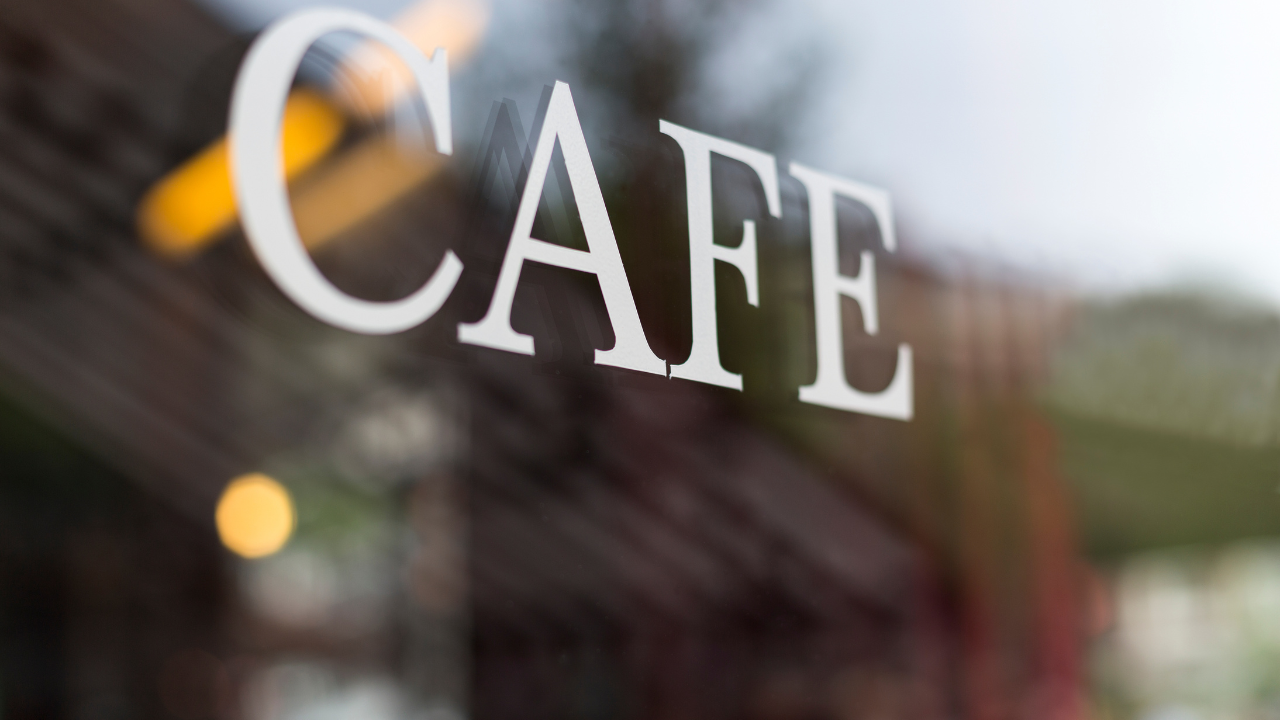
The Differences Between French in France, Canada, and Switzerland
Mar 15, 2023If you're learning French, you might have noticed that there are some differences in the language depending on where it's spoken. French is an official language in over 29 countries, but in this post, we'll focus on the differences between French in France, Canada, and Switzerland.
➤ French in France
French in France, also known as French hexagonal, is the standard version of French and the most widely spoken. It's the official language of France and is spoken by over 67 million people worldwide. Some characteristics of French in France include:
- Pronunciation: French hexagonal has a unique rhythm and intonation, with nasal vowels and liaison (linking) between words.
- Vocabulary: French in France has a rich vocabulary, with a particular emphasis on literature and art. Some French words have also become international, such as haute couture and champagne.
- Grammar: French in France follows strict grammar rules, including gender and number agreement, verb conjugations, and subjunctive mood.
➤ French in Canada
French in Canada, also known as Canadian French, is spoken by over 7 million people, primarily in Quebec and other parts of Eastern Canada. Some characteristics of French in Canada include:
- Pronunciation: Canadian French has a distinct accent, with a more neutral rhythm and intonation than French hexagonal. Canadian French also has fewer nasal vowels.
- Vocabulary: Canadian French has a mix of French and English words, known as Franglais. Some examples include un burger (a burger), chatter (to chat), checker (to check), un job (a job), spoiler (to spoil a plot), un smartphone (a smartphone), un sandwich (a sandwich), un T-shirt (a T-shirt), liker (to like a post on social media), tweeter (to tweet).
- Grammar: Canadian French has some differences in grammar, such as using tu and vous (informal and formal “you”) differently than in France.
➤ French in Switzerland
French in Switzerland, also known as Swiss French, is spoken by over 1 million people in the western part of Switzerland. Some characteristics of French in Switzerland include:
- Pronunciation: Swiss French has a distinct accent, with a slower rhythm and intonation than French hexagonal. Swiss French also has some unique vowel sounds.
- Vocabulary: Swiss French has a mix of French and German words, known as Francoprovençal. Some examples include méchoui (spit-roasted lamb), raclonette (a type of cheese), and guggenmusik (carnival music).
- Grammar: Swiss French has some differences in grammar, such as using ne before the verb in negations and using on instead of nous (we) in some contexts.
➤ Conclusion
While French is the official language of many countries, there are some differences in pronunciation, vocabulary, and grammar depending on where it's spoken. Whether you're learning French for travel, work, or pleasure, it's important to understand these differences and appreciate the unique characteristics of each version of the language.
→ Looking to improve your French language skills? Join our online French course and discover the joys of speaking the language of love! Sign up now and let us guide you on your journey to fluency.









